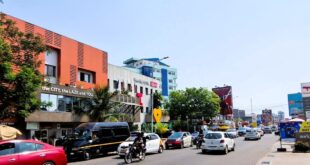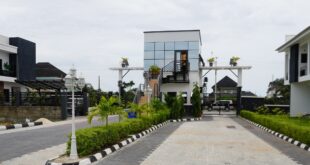To boost its export sales, South African wine makers are promoting higher-priced products in European markets. Wine exports fell to 422.7 million litres last year from 525.6 million litres in 2013, according to the Wines of South Africa, the association representing all producers of wine who export their products.
Exports in 2015 are predicted to be on a par with last year’s or rise just above it, with packaged-wine exports expected to increase as much as 5 per cent, according to the trade association. Bulk export shipments are expected to fall by about the same amount.
To increase its premium wine sales abroad, the South African Wine and Spirit Board (WSB) has made amendments to its regulations. The amendments include the introduction of six new classes of wine – skin-macerated white, extended barrel-aged white/gris, natural pale/non-fortified pale, method ancestrale, alternative white/red and sun wine. WSB certification sets the quality standard for all wines exported from the country, as well as providing comprehensive data on a wine’s origin, content and age through its Wine of Origin (WO) scheme.
South African wine has a history dating back to 1659 with Constantia, a vineyard near Cape Town, considered one of the greatest wines in the world. Production is concentrated around Cape Town, with major vineyard and production centres at Paarl, Stellenbosch and Worcester. WO wines must be made 100 per cent from grapes from the designated area.
Vivian Asamoah
Photo: © IFII
 THE AFRICAN COURIER. Reporting Africa and its Diaspora! The African Courier is an international magazine published in Germany to report on Africa and the Diaspora African experience. The first issue of the bimonthly magazine appeared on the newsstands on 15 February 1998. The African Courier is a communication forum for European-African political, economic and cultural exchanges, and a voice for Africa in Europe.
THE AFRICAN COURIER. Reporting Africa and its Diaspora! The African Courier is an international magazine published in Germany to report on Africa and the Diaspora African experience. The first issue of the bimonthly magazine appeared on the newsstands on 15 February 1998. The African Courier is a communication forum for European-African political, economic and cultural exchanges, and a voice for Africa in Europe.





























